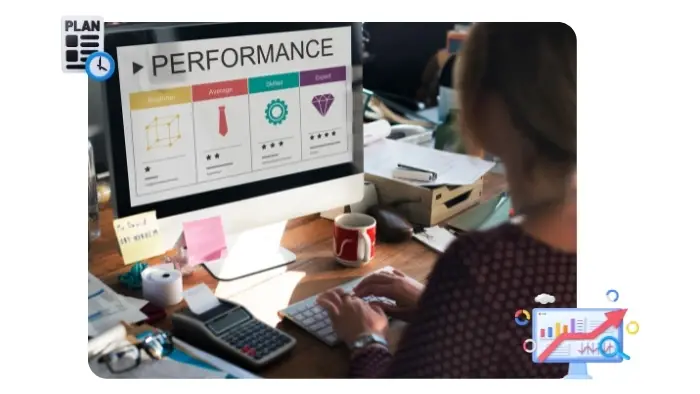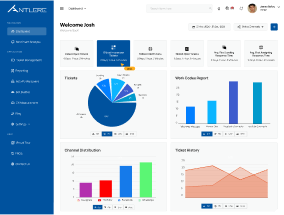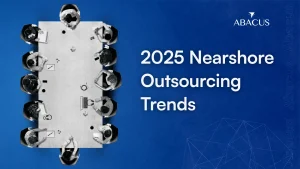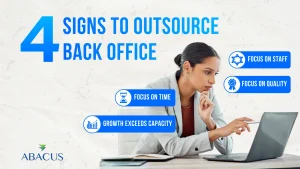Unlocking Growth with a Performance Improvement Plan PIP: A BPO Leader’s Guide
In today’s fast-paced and performance-driven workplace, a performance improvement plan (PIP) is no longer just a corrective measure; it is a tool that facilitates transforming underperformance into performance. Expectations of roles, deliverables, and outcomes change with business needs. It is more than the handling of an underperformance. It is about rekindling talent, finding roadblocks, and providing employees with a roadmap to success.
Still wondering, what is a PIP? Let’s break it down and explore what makes it more than just a buzzword in an HR playbook.
What is a Performance Improvement Plan PIP?
A performance improvement plan PIP is a formal course of action that a manager and HR take with an employee whose performance has been subpar. It pushes employees to reach the requirements of their role. In HR, it provides clarity on expectations, support mechanisms, and timelines to help individuals realign with company goals and avoid termination. This formality often comes into play when conventional feedback doesn’t get the desired outcomes.
So, what exactly is a PIP in work terms? They provide a support network and a roadmap, and the employee agrees to rise to the occasion. PIP meaning refers to a corrective and preventative action often used in HR to enhance employee performance and handle issues. This allows for a way of dealing with problems before the option of termination arises, and it ensures the due system is followed with clarity and fairness.

What Makes PIPs a Hot Topic in 2025?
The performance improvement plan has served a different purpose. It’s not just about culling the weak. PIP plans are signaled to be with organizations today that understand the importance of talent development and retention.
Companies like Microsoft and Google are going all out with managing performance. Microsoft, for example, gives employees a choice: take a PIP or take a severance package. However, accepting the plan means giving up the severance and comes with rehiring restrictions. Google links its performance review outcomes directly to stock equity, making continuous performance a high-stakes, high-reward scenario.
These businesses understand that a performance improvement plan cannot be employed as a disciplinary tactic. Instead, it is used as a method to keep their employees synced with business objectives. This change is part of a trend towards more constant feedback, immediate statistics, and individual development.
Creating A Strong and Effective PIP
Not all PIPs are up to the pace or reasonable. The effectiveness of a performance improvement plan relies on its design, intent, and delivery. Here’s how to do it right:
Start with clarity. Non-specific verbs or non-specific targets turn the process into a burden instead of an improvement. Clarify the area that needs to change, including failure to meet deadlines, inadequate contact with clients, and sluggish productivity, and provide examples, if possible. The idea is simply to not have surprises.
Plan within the framework of SMART (Specific/Measurable/Achievable/Relevant/Time-bound) goals. This helps the employees to identify what success means and how to accomplish it. Poor: “Making client interactions better” Great: “Achieve a 4.5/5 client satisfaction rating by the next review cycle.”
Next, ensure ongoing support. More often than not, a PIP plan is regarded as a mandatory check box prior to exit. Well, when it goes right, it involves a mentor, access to resources for training, regular check-ins, and positive reinforcement. HR leaders should partner with the team leads to make the PIP program a partnership, not a countdown.
- An effective performance improvement plan has a few key elements.
- Performance gaps clearly identified with evidence
- Specific, realistic targets and time frames
- Checkpoints for regular progress updates and feedback
- Recorded transparency and compliance with each step

The Misconceptions and Risks of PIPs
Although the PIP acronym often evokes fear among employees, it shouldn’t. Perception is one of the biggest problems in our day. For some organizations, what PIPs translate to is “hey, you’re fired.” Consequently, employees tend to switch off or leave soon after getting a plan, no matter how well meant.
In fact, the Wall Street Journal reports that within a year after completing a performance improvement plan (PIP) successfully, almost half of employees on a PIP either voluntarily or involuntarily leave the company. This proves that the success of a PIP assessment is as much about employee trust as it is about format and structure.
Some companies even offer alternatives nowadays. So, rather than putting you through a formal performance improvement plan, which often feels like it merely creates a paper trail for points of exit, many (e.g., startups) or even the tech giants (e.g., Meta, Amazon) will offer you a package and just part ways because neither party is completely salvageable.
A personal improvement plan, however, if used appropriately, can reignite enthusiasm, recalibrate expectations, and effectively salvage a potentially great employee.
The Abacus Outsourcing Approach to Performance Improvement
At Abacus BPO, we believe a performance improvement plan is not a warning; it’s an opportunity. We combine formalized feedback, data-backed insights, and focused coaching to enable employees to not only live up to expectations but exceed them.
We focus on:
- Analytics to catch performance challenges early on
- Customized improvement plans suited to assigned roles and KPIs
- Components such as learning tools, mentoring and peer-review
- Manager-employee progress tracking
We have a people-first mindset, which allows us to turn underperformance into leadership potential. With the right PIP work, outcomes don’t just get better, they transform.
Final Thoughts
The performance improvement plan is here to stay. Whether you are future-proofing your employees or correcting underperformance, a well-structured PIP program can get you and your team real growth.
It is not the discipline but the direction that matters. At the heart of it is creating an environment where performance management is a process of discovery, not a magic intervention.
Want to improve your performance management process?
Abacus BPO helps businesses adopt performance improvement plans designed to be dynamic, people-centric, and productivity-centered. Help your team maximize its potential with the right structure, guidance, and intent.









